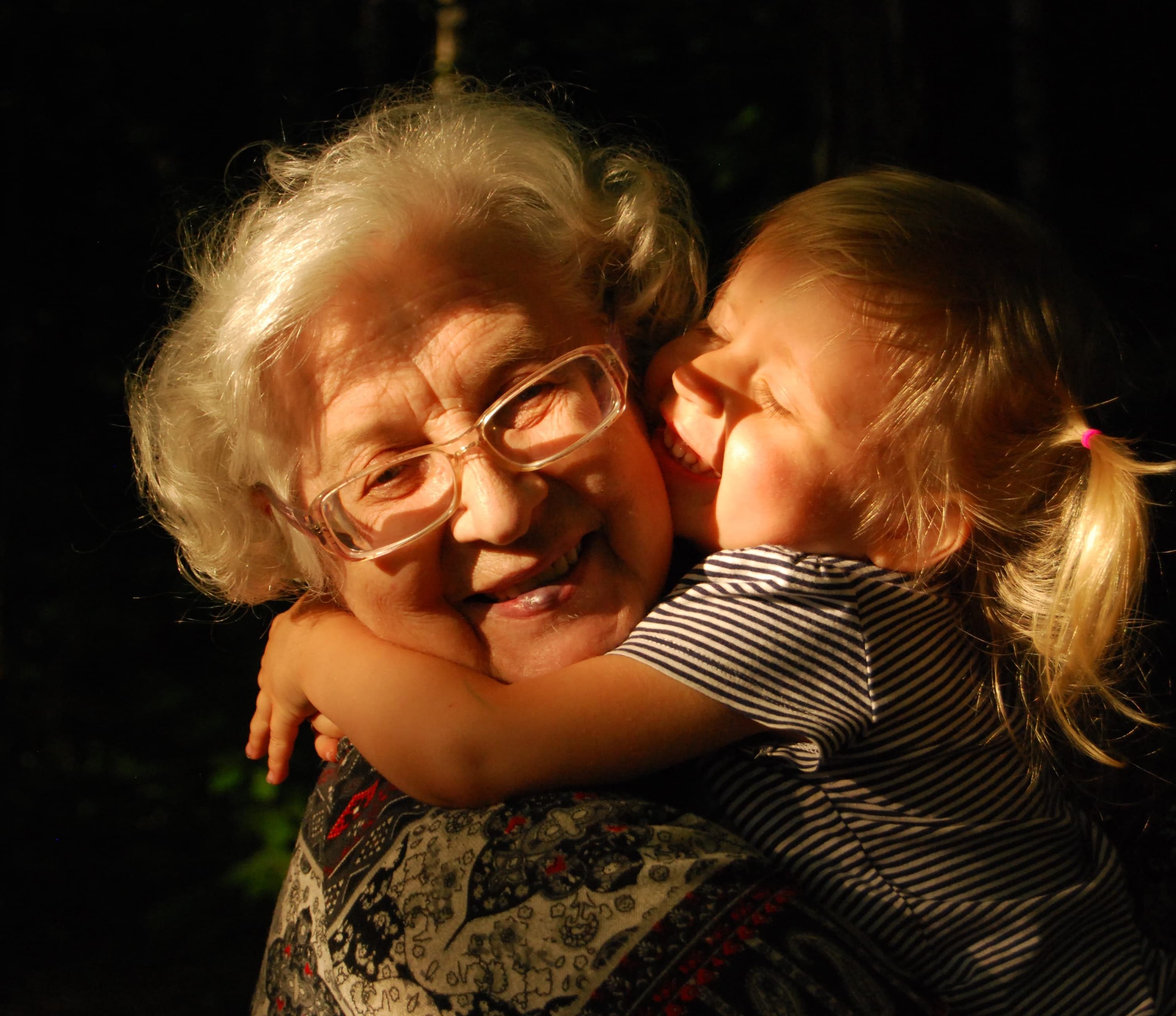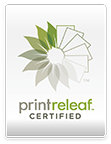
This year is a special year for the British monarchy, it’s the Queen’s Platinum Jubilee – her 70th year on the throne. To commemorate this momentous occasion, there are all sorts of events happening across the country including the Platinum Jubilee Central Weekend marked with a special four day bank holiday weekend.
With this in mind we have decided to look at how caring for babies has changed over the years since Queen Elizabeth was born.
In 1926, the year her majesty was born, baby care was a lot different than it is today. For starters, most babies were born at home instead of in a hospital or birthing centre. In the 1920s there was little that women could do to ease the pain of labour, pain relief options were limited to things like hot baths and massages. Today, there are a variety of pain relief options available for women in labour. This includes everything from epidurals to gas and air….thank goodness!
There were no disposable nappies in the 1920’s and baby formula wasn’t as easily accessible as it is today, not to mention the modern day gadgets we have now! To make a bottle of formula was a complicated business requiring exact measurements of all components. Baby clothes weren’t as convenient as they are today…what would we do without the colour matching popper or zipper baby grows?! Caring for babies and children also mostly fell to the mother, with father’s having little input…and they certainly weren’t present for the birth.
Today, thankfully, we have a lot more options when it comes to birthing and taking care of our babies. Disposable nappies, premade baby formula and breastfeeding support make life a lot easier for new parents to start! And while some babies are still born at home with the help of a midwife and sufficient equipment, most are now delivered in hospitals by trained professionals with access to medical equipment and supplies. Even though baby care has come a long way in the last 100 years, it’s still a lot of work – no matter what year it is!
The Queen has always been a strong advocate for baby care, and she has been very involved in promoting and supporting initiatives that help mothers and babies throughout her reign. For example, the Queen has been involved in the development and continued support of the National Health Service (NHS), which provides free healthcare for all British citizens. She is also a patron to many charities and organisations across the UK who support pregnant women, mothers and children of all ages.
The survival rates of babies in the 1920s were sadly much lower than they are today. This is largely due to advances in medical technology and care that have been made over the years. In 1926, when Queen Elizabeth was born, the infant mortality rate was around 40 deaths per 1,000 live births. This was especially true for babies born into poverty or those with medical conditions that were difficult to treat at the time. Today, that number has been reduced to just 3 deaths per 1,000 live births. This is thanks to things like improved sanitation, better nutrition and advances in medical care. Not to mention the incredible discovery of stem cell therapy in more recent years and the amazing treatment options this can offer for families.
While the overall survival rates of babies have increased dramatically over the years, there are still some disparities between different groups of people. This is something that the Queen has been aware of throughout her reign, and she has worked to support initiatives that help all mothers and babies, regardless of their circumstances.
We hope that this article has given you a bit of insight into how baby care has changed over the years – and how some things, like the dedication of our monarch, have stayed the same!
Happy Jubilee!



